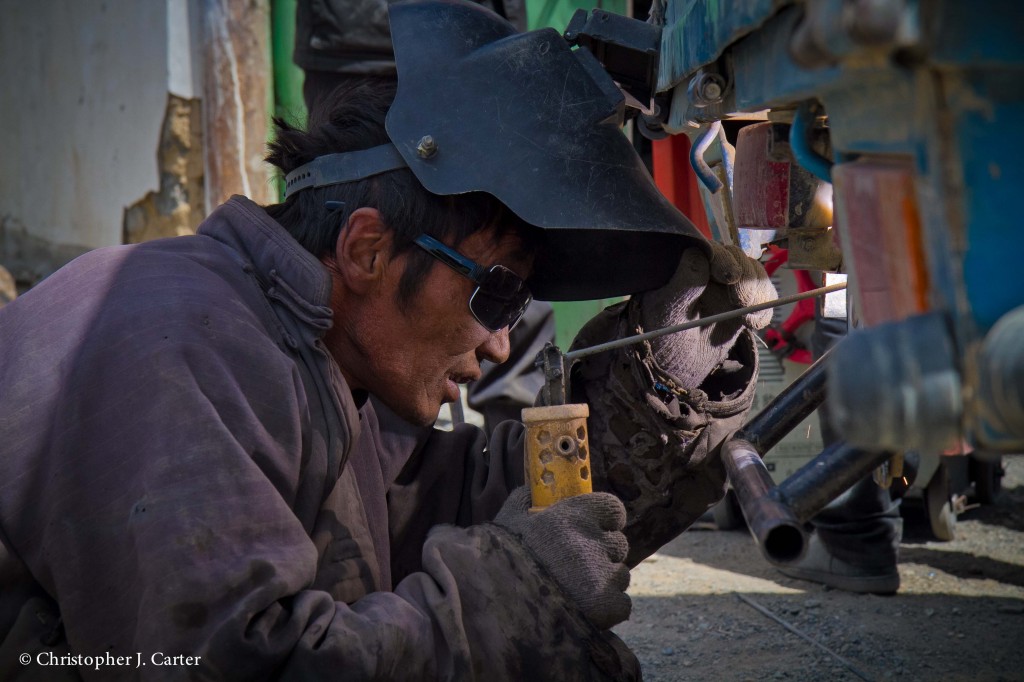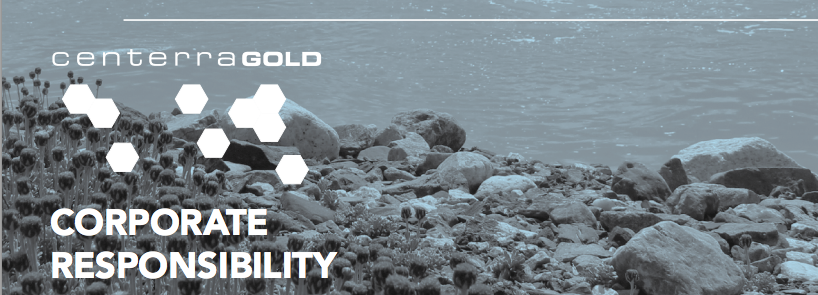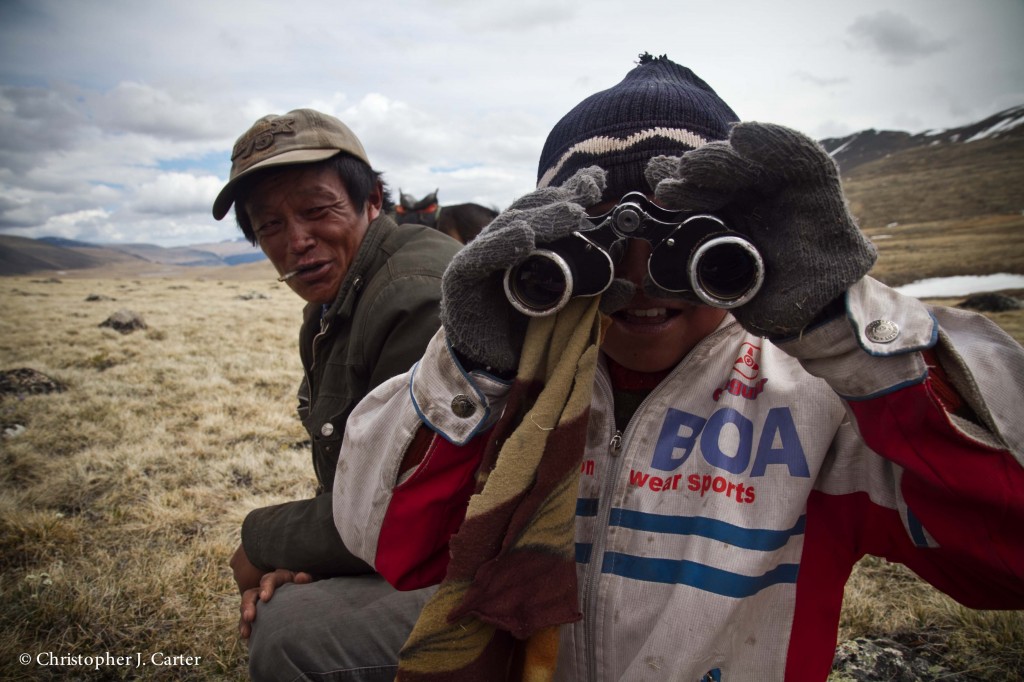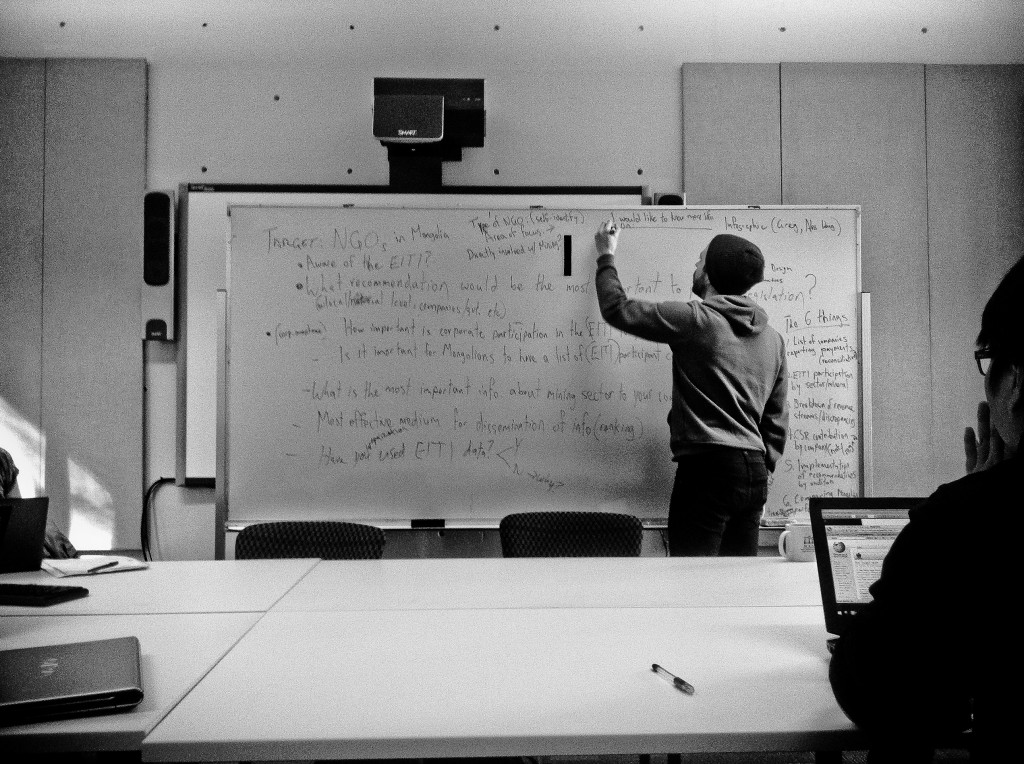Lotus Ruan, MAAPPS // Jan 25, 2015
While the call for a cleaner environment and greener alternative energy is on the rise around the globe since years ago, mining, which often leads to erosion, formation of sinkholes, loss of biodiversity, and contamination of soil, groundwater, surface water by chemical during the mining process, is still an important economic activity in many countries.
Mining takes place in half of the countries in the world; among them, 50 were considered by the World Bank as “mining countries” because such industry stood as one of the backbones for the country’s exports, domestic markets, or for employment. It is estimated that the formal mining sectors provides over 3.7 million employment, with more than 20 million workers involved in artisanal and small-scale mining . Statistics, though not the most up-to-date, reported that in 2010 there were 1.5 million people employed in the mining sector in developed countries, the figure being 2.2 million in developing ones.
However, whereas the development and sustenance of the world economy requires exponential amounts of energy, most of it is non-sustainable natural resource. With the increasing population and more and more industrialized societies, how to better utilize and sustain the use of energy—and in our project in particular, it ranges from metals, coals, oil shale and other geological materials to non-renewable resource such as petroleum an natural gas—has become a an unnegligible concern, if not a priority, for local communities, environmental groups, and governments.
Such concern or the dilemma between economic development and environmental preservation , seen from a policy studies student’s perspective such as myself, can and should be explained through the concept of “the tragedy of the commons”. “Commons” often refers to shared resources that are not formally regulated. Coined by economist Garrett Hardin in his famous paper published on Science in 1968, this is perhaps one of the most commonly-shared concerns among policy-makers. The tragedy of the commons concept can be briefly explained as individuals acting independently and rationally according to each’s self-interest, behave contrary to the best interests of the whole group, by depleting some common resource. It is often cited in connection with sustainable development, meshing economic growth and environmental protection.
Hardin pessimistically predicted that “the population problem has no technical solution; it requires a fundamental extension in morality.” Perhaps this is where the Extractive Industries Transparency Initiative (EITI) and other local, domestic, or international monitoring organizations jump in in the field of mining. In essence, EITI, with the aim of increasing transparency in transactions between governments and companies within extractive industries, is hoping to establish a set of “morality” that helps regulate the mining industry.
The aim is encompassing and promising. However, regulations are not a cure-all. At the end of the way, it all boils down to whether local government, civil society, and mining companies themselves carry out and abide by these regulations or not. In fact, most mining countries have existing laws that require mining companies to follow stringent environmental and rehabilitation codes in order to minimize environmental impact and avoid impacting human health. The reality is, however, that relevant government or international regulations work out in some places but not others.
Why is that? What can we do to ensure the success of enforcement of regulations? IN the case of EITI regulations in particular, how can advance the transparency level in certain country and how is that related to its mineral resource development? These are some of the issues that I am concerned about in our project. Unfortunately, I don’t have any prior knowledge of mining or EITI and only little understanding of Mongolia and other EITI member countries. So my goal here is to learn as much as I can from my peers, instructors, published reports, and through interactions with local office, people, stakeholders that are actually involved in either EITI actives or the mining industry. Hopefully by the end of the project, I will be able to not only make sense of such economic activity but also produce policy recommendations to the tackle the tragedy of the commons problem in this resource-constrained industry.




